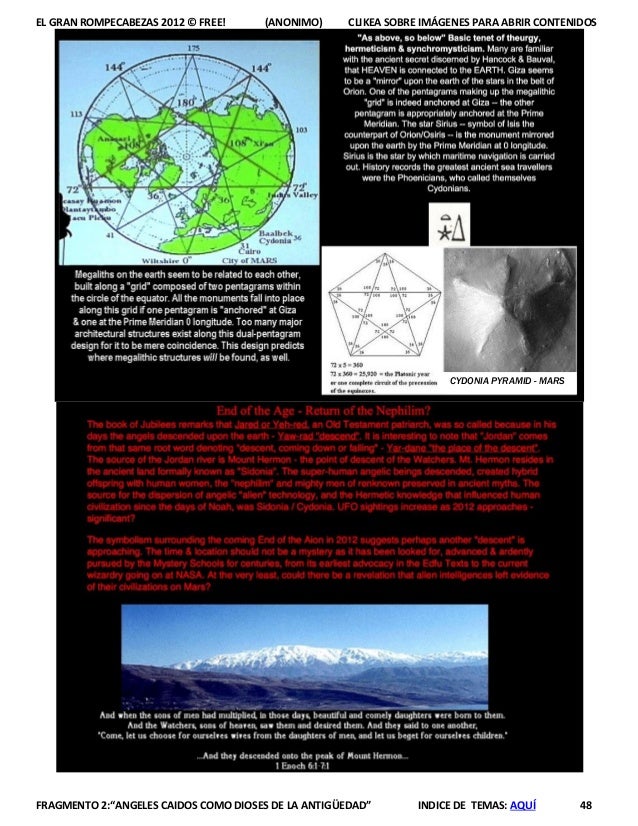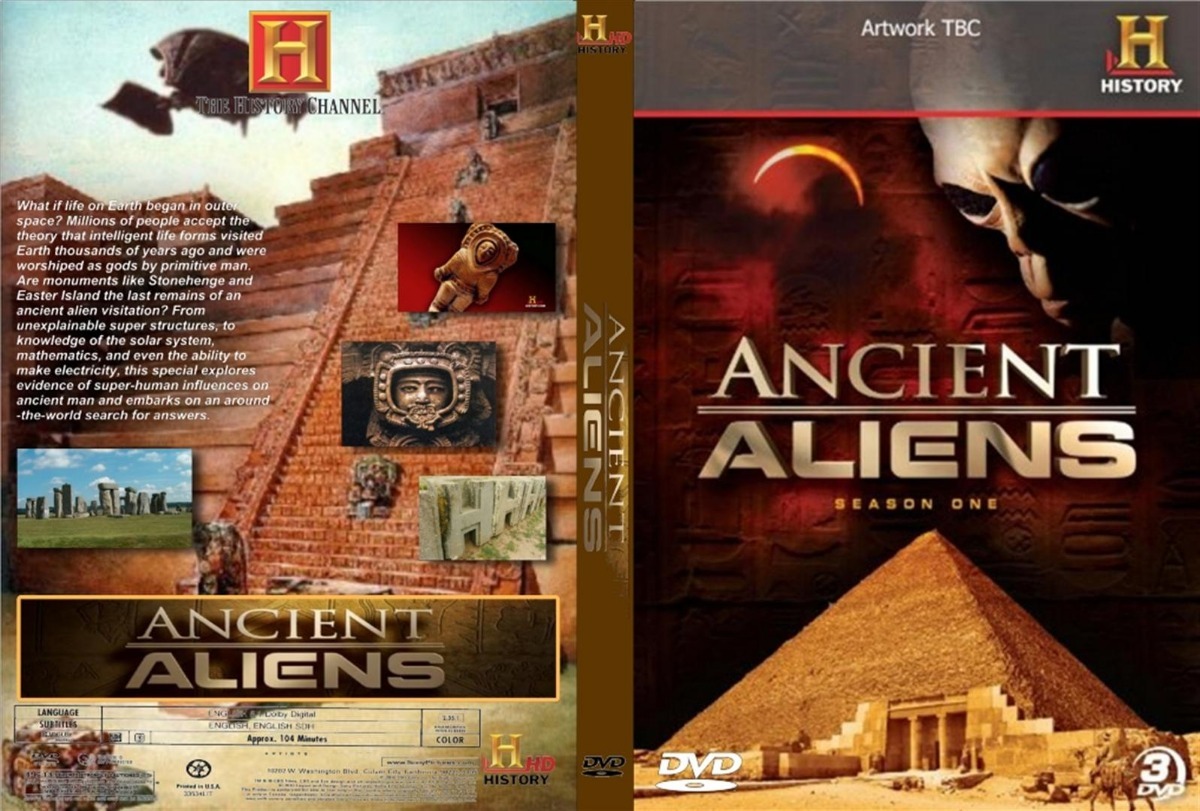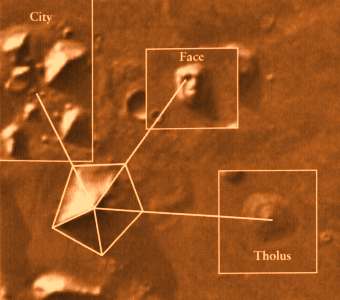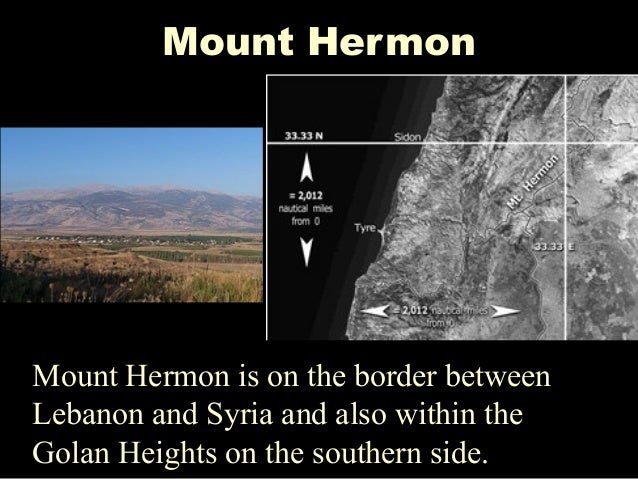|
|
General: CLARA CLAYTON-BROWN (BACK TO THE FUTURE III) SAINT CLARE/FRANCIS SILICON VALLEY
Triar un altre plafó de missatges |
|
|
- " He [Doc] took his first real look at the woman he had saved. / "Thank you, sir," she began, as she turned her face to look up at him. / And what a face. Doc stopped breathing all over again. Her face had been hidden in shadow before, framed by that attractive bonnet. But then she smiled. / And what a smile. Doc thought it was like looking at the sun for the first time. / "—you saved my—" She paused as she, too, really looked at Doc. / She sighed the sweetest sigh Doc had ever heard. "—life," she concluded. / And what wonderful features surrounded that smile! That pert nose, that strong chin, those deep, large brown eyes that a man could get lost in — Doc sighed, then realized that, perhaps, he should say something in return. "
- —From Back to the Future Part III by Craig Shaw Gardner (quote, pages 98 and 99)
- "Clara was one in a million... One in a billion... One in a googolplex... The woman of my dreams, and I've lost her for all time."
- —Doc Brown
Clara Clayton-Brown is the tritagonist of the Back to the Future franchise, serving as the deuteragonist of Back to the Future Part III and the tritagonist of Back to the Future: The Animated Series. She was a schoolteacher, living and working in the schoolhouse outside Hill Valley in 1885. She met Dr. Emmett Brown and Marty McFly by chance when she was about to fall over Shonash Ravine.
Clara was a very independent woman and did not take much fuss from anyone, especially Buford "Mad Dog" Tannen. Clara did not like being lied to and believed that people should tell the truth. She often saved the day after coming up with ideas, she did however try and take actions that helped her or other people avoid dangerous situations in the first place.
Clara was a very intelligent woman. Like Doc, her favorite author was Jules Verne, and she was very interested in astronomy and science. One of her favorite possessions was her telescope, which she often used to look at the Moon and the stars; she also appeared to know where a lot of the constellations were. Clara was a thinker and most of the time thought things through. If she believed something to be too "wacky" or too fantastic to be believed, she would not believe it (such as when Doc tried telling her about the time machine); this, after her marriage to Doc, changed.
Biography
Original History
Clara Clayton was born on October 25, 1855, in New Jersey,[1] the daughter of Daniel and Martha Clayton. Her uncle, Ulysses S. Clayton, was a general in the American Civil War.
When Clara was 11, she caught diphtheria and was quarantined for three months, so her father bought her a telescope and put it next to her bed so she could see everything outside the window. This ignited a love of science and astronomy that would stay with her for the rest of her life.
Little is known about her life between 1873 and 1885, except she became a schoolteacher and had been doing the job for some years before 1885. When she heard that the position of the new schoolteacher in Hill Valley was available, she decided to leave New Jersey behind and head out West to start a new life in California.[2]
On September 4, 1885, Clara moved out to Hill Valley, California, taking up a job as a schoolteacher. But as no one had come to pick her up, she rented two horses and a wagon buckboard from Joe Statler. However the horses were spooked by a snake and she died falling into Shonash Ravine, which was renamed Clayton Ravine in her memory. The story of her death became a legend among Hill Valley school children who had teachers they wished would also fall into the ravine.
First altered timeline
Doc volunteered to pick up Clara from the train station, in September 4, 1885. where they met and fell in love at first sight and she invited him to attend the Hill Valley Festival, Sadly, Doc was shot in the back by Buford Tannen in the festival the next day, and died on September 7, 1885. Clara helped pay for Doc's tombstone, engraving it with "Beloved Clara".
Clara's fate after Doc died from Buford's wounds is left ambiguous, both in the film and in extra-textual statements by Bob Gale and Robert Zemeckis: in their official summary of this timeline, her ultimate death was unconnected to the ravine, suggesting that if Marty had visited the ravine on his second trip to 1955 he would have noticed it was still called "Shonash Ravine." In this scenario, she either stayed in Hill Valley as a schoolteacher or moved elsewhere to start her own life without Doc. Another scenario they proposed, inspired by a popular fan theory, is that she took her own life on September 15, 1885 due to her distress over Doc's death by throwing herself into the ravine, and it was thus renamed "Clayton Ravine" in her honor. Gale and Zemeckis have avoided canonizing either possibility to allow viewers to decide for themselves.[3]
https://backtothefuture.fandom.com/wiki/Clara_Clayton-Brown
References
|
|
|
|
|
FRANKINCENSE/FATIMA/POPE FRANCIS/FRANCE/DA VINCI CODE/FREEMASONRY

And going into the house, they saw the child with Mary his mother, and they fell down and worshiped him. Then, opening their treasures, they offered him gifts, gold and frankincense and myrrh. (Matthew 2:11, ESV)
|
|
|
|
|

Star of David
based on a Hebrew video by Oren Evron here  The Star of David is an ancient symbol of Judaism (see Drashot Ben Ish Chai, ki teitzei). The oldest complete manuscript of the Hebrew Bible, known as the Leningrad Codex (dated 1008CE), has a "Star of David" on its cover page.  Is there a sign that the Hebrew word "Yisrael" ( ישראל) and the "Star of David" figurate are mathematically connected? The mathematical formula for "Star of David" (Hexagram) figurate numbers is Star(n) = 6n(n-1)+1  The Star of David (Hexagram) figurate is formed by the merging of two triangle Figurates. For example, two 28 dot triangle figurates can be merged to form a 37 Star of David figurate. 
Triangular Numbers
A pool game, for example, is made up of 15 identical size billiard balls.  15 is a triangular number. Thus, the 15 balls can be arranged into a perfect triangle figurate. If there were 14 balls or 16 balls, this would not be possible. Examples of triangular numbers are 3, 6, 10, 15, 21, 28, 36, 45, etc. Their mathematical formula is: Triangle(n) = n(n+1)/2  Let us now look at the Star of David (Hexagram) numbers according to their formula:
Star(n) = 6n(n-1)+1
| 1 |
6×1(1-1)+1 |
= |
1 |
| 2 |
6×2(2-1)+1 |
= |
13 |
| 3 |
6×3(3-1)+1 |
= |
37 |
| 4 |
6×4(4-1)+1 |
= |
73 |
| 5 |
6×5(5-1)+1 |
= |
121 |
| 6 |
6×6(6-1)+1 |
= |
181 |
| 7 |
6×7(7-1)+1 |
= |
253 |
| 8 |
6×8(8-1)+1 |
= |
337 |
| 9 |
6×9(9-1)+1 |
= |
433 |
| 10 |
6×10(10-1)+1 |
= |
541 |
| .. |
.. |
|
.. |
All these numbers are and always will be beautiful Star of David numbers.  Let us now look at the Hebrew word "Yisrael" ( ישראל).
| Gematria of Yisrael |
| ל |
א |
ר |
ש |
י |
| 30 |
1 |
200 |
300 |
10 |
| Total=541 |
Our name "Yisrael" stems from the Torah:
"G-d said to him, 'your name is Yaakov. Your name shall no longer be called Yaakov, but Yisrael shall be your name', and He named him Yisrael" (Gen.35:10).
G-d Himself granted us this name after Yaakov, our forefather, vanquished the angel of Eisav which he (spiritually) wrestled with (Genesis 32:23-31). This angel was the Satan himself.
| Satan |
= |
שטן |
= |
359 |
|
| Yaakov |
= |
יעקב |
= |
+182 |
|
| Yisrael |
= |
ישראל |
= |
541 |
Total |
 Yaakov won the struggle and transformed the power of evil to the power of good and this joined with his old name to grant him the new name - Yisrael. Do you recognize the number 541? It is none other than the 10th Star of David number.  It is interesting that Yaakov received the name Yisrael after defeating the Satan. Yisrael hints to a perfect/whole man - Tiferet Yisrael (the splendor of Yisrael).
| Center Point |
541 is the exact center point of 1081
| 1--------------------1081 |
^
541 |
Tiferet (תפארת) = 1081 and Yisrael ישראל = 541
|
For Yaakov, the man of truth (Michah 7:20), had all his 10 Sefirot rectified properly (he also became a Merkava (chariot) for the Sefirah of Tiferet). 10 is a whole/collective number. Thus, G-d created the world with 10 utterances and gave us the 10 commandments. This is why the name G-d granted to us after Yaakov defeated the power of evil is the 10th star of David number. The statistical odds of the Hebrew name Yisrael having gematria of 541 are slightly more than 1 percent (see video). Thus, the chance of this being designed is about 99 percent. There is much to elaborate on this. For example, the inner hexagon of Yisrael has 271 dots.  The 12 triangles in the Magen David have 45 dots (Gematria of Adam).  Every diagonal has 37 rows, and much much more.  Interestingly, 541 = 100th prime number = 10 2
Snowflakes
One of the most striking examples of natural artistry in the inanimate world is in the formation of snowflakes. Each snowflake is a miracle of beauty, a masterpiece of design and no one design seems to ever be repeated. Amazingly, snowflakes typically have a Magen David or an outline of it discernible in the center. Here is a picture of a real typical snowflake under a microscope. 
Zion Star
 The Torah commands us: "speak to all the congregation of the people of Israel and say to them, you shall be holy, for I the L-rd your G-d am holy." (Lev.19:2). The final verse in this weekly portion (Kedoshim) has 2701 Gematria [1]. For this torah portion contains the purpose of creation - to become holy like G-d. "And they shall make Me a sanctuary and I will dwell in their midst" (Ex.25:8). And in the "Path of the Just" ch.26 (final chapter):
"But for the holy man who constantly clings to his G-d, whose soul treads freely among true thoughts in love of his Creator and fear of Him, behold, it is considered as if he is walking before G-d in the Land of the Living, while still here in this world.
Such a man is himself considered as a Tabernacle, a Temple and an altar. For the Shechina (divine presence) dwells within him just as it dwelled in the Temple [of Jerusalem]. Due to this, the food he eats is like a sacrifice offered upon the fire of the altar, for certainly it was a great elevation for those things to be offered on the altar, since they were offered before the Shechinah."
Amazingly:
| The Gematria of "Zion", the place of the Temple: |
| = |
ציון (Zion) |
= |
156 |
| The Gematria of "Shechina" (divine presence): |
| = |
שכינה (Shechina) |
= |
385 |
| Total: 156 + 385 = 541 (Israel) |
 The 10th Star of David figurate (Israel) is composed of a frame and inner part. Amazingly, this splits into 156/385 for Zion/Shechinah. And in the daily prayers, we say: "And may our eyes behold Your return to Zion in mercy. Blessed are You L-rd, who restores His Shechinah to Zion" 156 is also the Gematria of "Yosef" who was the epitome of the "Tzadik" (righteous person) [2]. For as before, the job of the Tzadik is to become a Temple for G-d's holiness just like Zion was the Temple for G-d's Shechina (divine presence [3]) (heard from Oren Evron).  Interestingly, the "Zionist" movement to resettle the land of Israel consisted mainly of secular Jews. For they wanted the land of Israel as a sort of nationalist motive. But their motives lacked the Shechinah aspect. Thus, divine providence arranged it that the Israeli flag of the "Zionists" was that of the frame of the star of David only. But the real purpose of Israel is to also bring the Shechinah into the world. (and likewise, for marriage between husband and wife - to build a torah home where the Shechinah can dwell. All this and more is symbolized in the Star of David!) >> Next: Divine Star
https://www.dafyomi.co.il/general/info/torahau/torah_numerology.php?d=19
|
|
|
|
|


Different cyclotron size: a) Lawrence ́s first one, b) Venezuela First one (courtesy of Dorly Coehlo), c) Fermi National Laboratory at CERN. And size matters, and Cyclotrons win as best hospital candidates due to Reactors are bigger, harder and difficult to be set in a hospital installation. Can you imagine a nuclear reactor inside a health installation? Radiation Protection Program will consume all the budget available. Size, controlled reactions, electrical control, made cyclotrons easy to install, and baby cyclotrons come selfshielded so hospital don ́t need to spend money in a extremely large bunker. Now on, we are going to talk about our first experience with the set up of a baby cyclotron for medical uses inside the first PET installation in Latin America. “Baby” means its acceleration “D” diameters are suitable to be set inside a standard hospital room dimensions, with all its needs to be safetly shielded for production transmision and synthetized for human uses for imaging in Nuclear Medicine PET routine. When we ask why Cyclotrons are better than reactors for radioisotopes production to be used in Medicine, we also have to have in mind that they has: 1. Less radioactive waste 2. Less harmful debris
https://www.researchgate.net/figure/Different-cyclotron-size-a-Lawrence-s-first-one-b-Venezuela-First-one-courtesy-of_fig3_221906035
 
|
|
|
|
|
  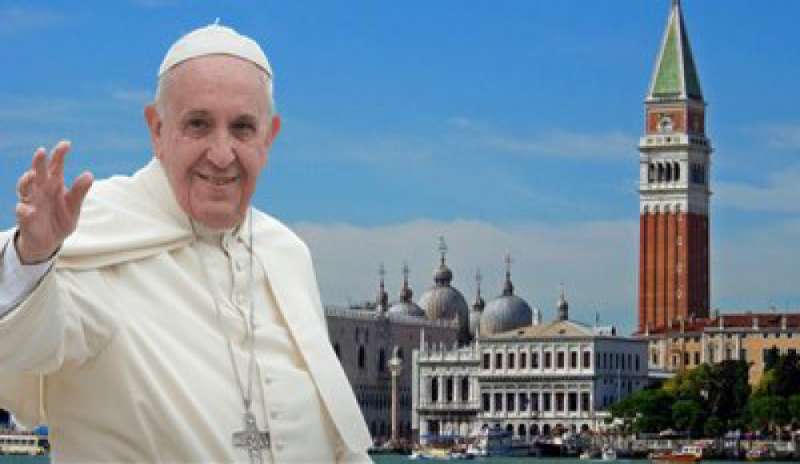 


       

New International VersionIt is as if the dew of Hermon were falling on Mount Zion. For there the LORD bestows his blessing, even life forevermore.
New Living TranslationHarmony is as refreshing as the dew from Mount Hermon that falls on the mountains of Zion. And there the LORD has pronounced his blessing, even life everlasting.
English Standard VersionIt is like the dew of Hermon, which falls on the mountains of Zion! For there the LORD has commanded the blessing, life forevermore.
Berean Standard BibleIt is like the dew of Hermon falling on the mountains of Zion. For there the LORD has bestowed the blessing of life forevermore.
King James BibleAs the dew of Hermon, and as the dew that descended upon the mountains of Zion: for there the LORD commanded the blessing, even life for evermore.
New King James VersionIt is like the dew of Hermon, Descending upon the mountains of Zion; For there the LORD commanded the blessing— Life forevermore.
New American Standard BibleIt is like the dew of Hermon Coming down upon the mountains of Zion; For the LORD commanded the blessing there—life forever.
NASB 1995It is like the dew of Hermon Coming down upon the mountains of Zion; For there the LORD commanded the blessing— life forever.
NASB 1977It is like the dew of Hermon, Coming down upon the mountains of Zion; For there the LORD commanded the blessing—life forever.
Legacy Standard BibleIt is like the dew of Hermon Coming down upon the mountains of Zion; For there, Yahweh commanded the blessing—life forever.
Amplified BibleIt is like the dew of [Mount] Hermon Coming down on the hills of Zion; For there the LORD has commanded the blessing: life forevermore.
Christian Standard BibleIt is like the dew of Hermon falling on the mountains of Zion. For there the LORD has appointed the blessing — life forevermore.
Holman Christian Standard BibleIt is like the dew of Hermon falling on the mountains of Zion. For there the LORD has appointed the blessing— life forevermore.
American Standard VersionLike the dew of Hermon, That cometh down upon the mountains of Zion: For there Jehovah commanded the blessing, Even life for evermore.
Contemporary English VersionIt is like the dew from Mount Hermon, falling on Zion's mountains, where the LORD has promised to bless his people with life forevermore.
English Revised VersionLike the dew of Hermon, that cometh down upon the mountains of Zion: for there the LORD commanded the blessing, even life for evermore.
GOD'S WORD® TranslationIt is like dew on [Mount] Hermon, dew which comes down on Zion's mountains. That is where the LORD promised the blessing of eternal life.
Good News TranslationIt is like the dew on Mount Hermon, falling on the hills of Zion. That is where the LORD has promised his blessing--life that never ends.
International Standard VersionIt is like the dew of Hermon falling on Zion's mountains. For there the LORD commanded his blessing— life everlasting.
Majority Standard BibleIt is like the dew of Hermon falling on the mountains of Zion. For there the LORD has bestowed the blessing of life forevermore.
NET BibleIt is like the dew of Hermon, which flows down upon the hills of Zion. Indeed that is where the LORD has decreed a blessing will be available--eternal life.
New Heart English Biblelike the dew of Hermon, that comes down on the hills of Zion: for there the LORD gives the blessing, even life forevermore.
Webster's Bible TranslationAs the dew of Hermon, and as the dew that descended upon the mountains of Zion: for there the LORD commanded the blessing, even life for ever.
World English Biblelike the dew of Hermon, that comes down on the hills of Zion; for there Yahweh gives the blessing, even life forever more.
Literal Translations
Literal Standard VersionAs dew of Hermon—That comes down on hills of Zion, "" For there YHWH commanded the blessing—Life for all time!
Young's Literal TranslationAs dew of Hermon -- That cometh down on hills of Zion, For there Jehovah commanded the blessing -- Life unto the age!
Smith's Literal TranslationAs the dew of Hermon coming down upon the mountains of Zion: for there Jehovah commanded the blessing, life even forever.
Catholic Translations
Douay-Rheims Bibleas the dew of Hermon, which descendeth upon mount Sion. For there the Lord hath commandeth blessing, and life for evermore.
Catholic Public Domain VersionIt is like the dew of Hermon, which descended from mount Zion. For in that place, the Lord has commanded a blessing, and life, even unto eternity.
New American BibleLike dew of Hermon coming down upon the mountains of Zion. There the LORD has decreed a blessing, life for evermore!
New Revised Standard VersionIt is like the dew of Hermon, which falls on the mountains of Zion. For there the LORD ordained his blessing, life forevermore.
Translations from Aramaic
Lamsa BibleLike the dew of Hermon that falls upon the mount of Zion; for there the LORD commanded the blessing, even life for evermore.
Peshitta Holy Bible TranslatedLike the dew of Hermon that descends upon the mountain of Zion, because there LORD JEHOVAH commanded the blessing and the Life unto eternity.
OT Translations
JPS Tanakh 1917Like the dew of Hermon, That cometh down upon the mountains of Zion; For there the LORD commanded the blessing, Even life for ever.
Brenton Septuagint TranslationAs the dew of Aermon, that comes down on the mountains of Sion: for there, the Lord commanded the blessing, even life for ever.
Additional Translations ...
|
 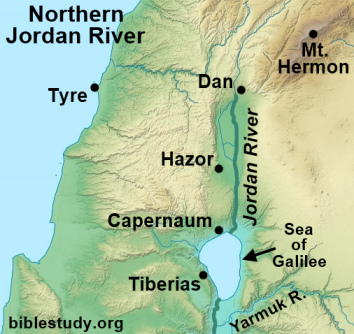  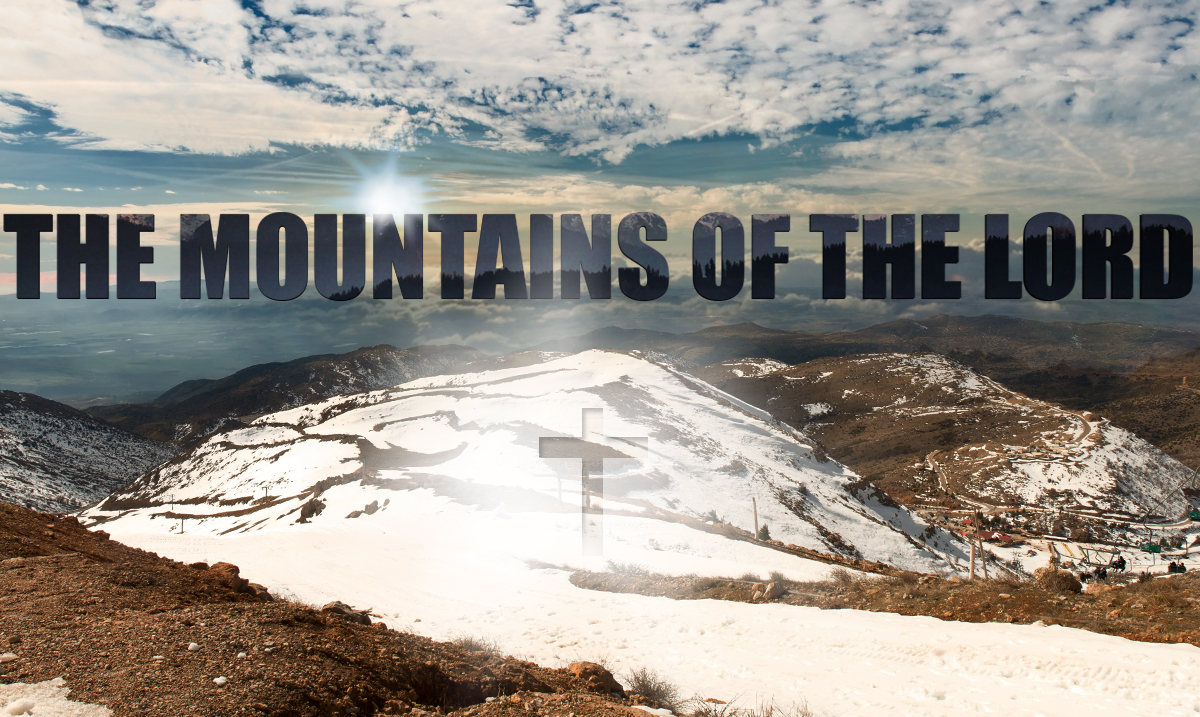  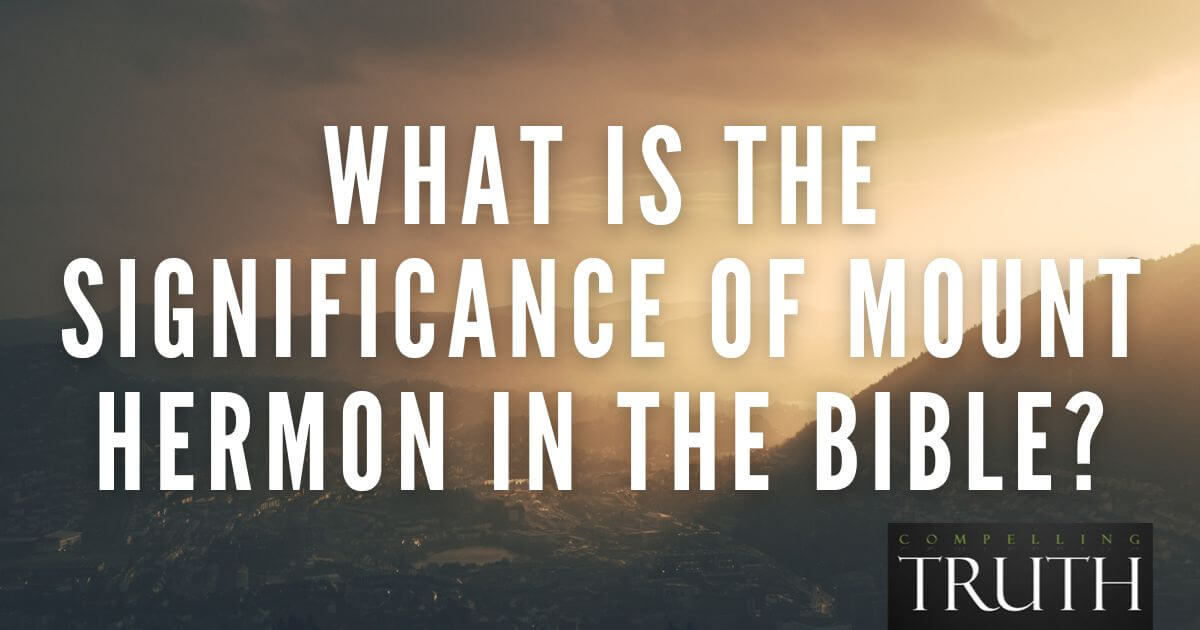  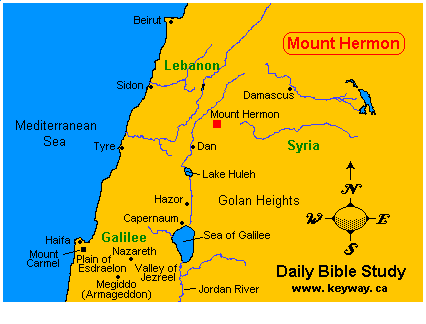   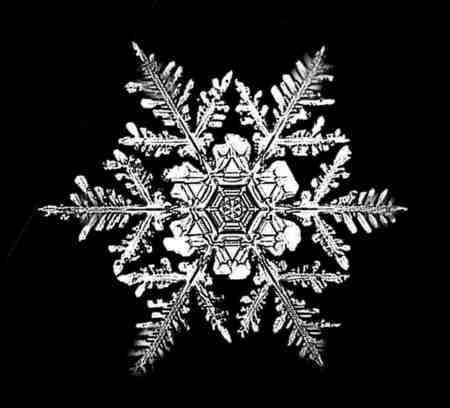  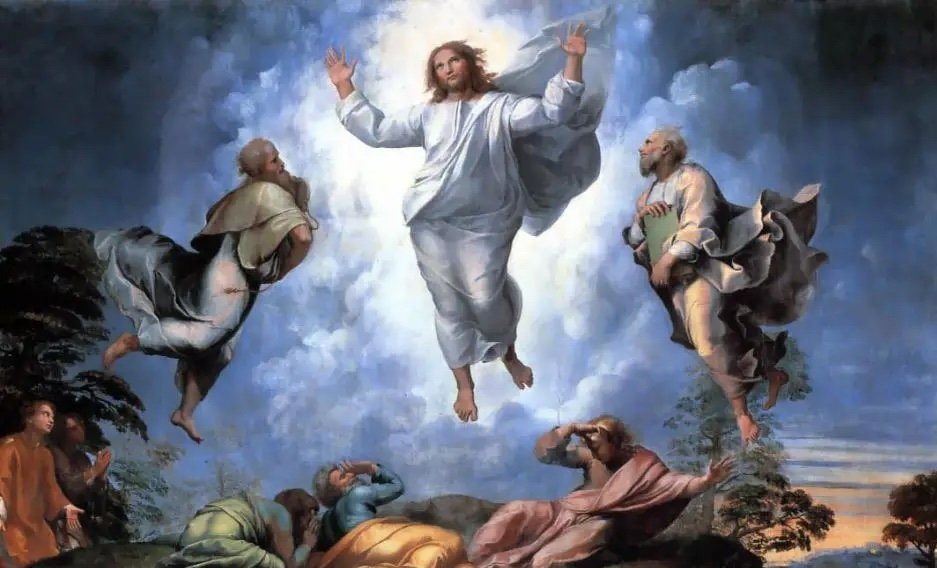  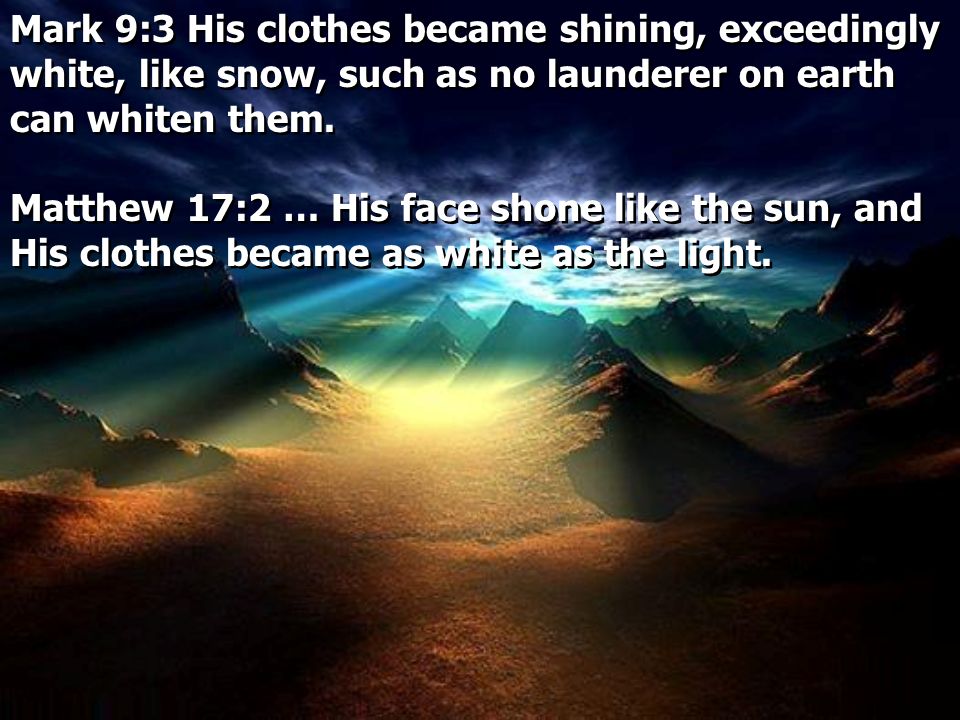 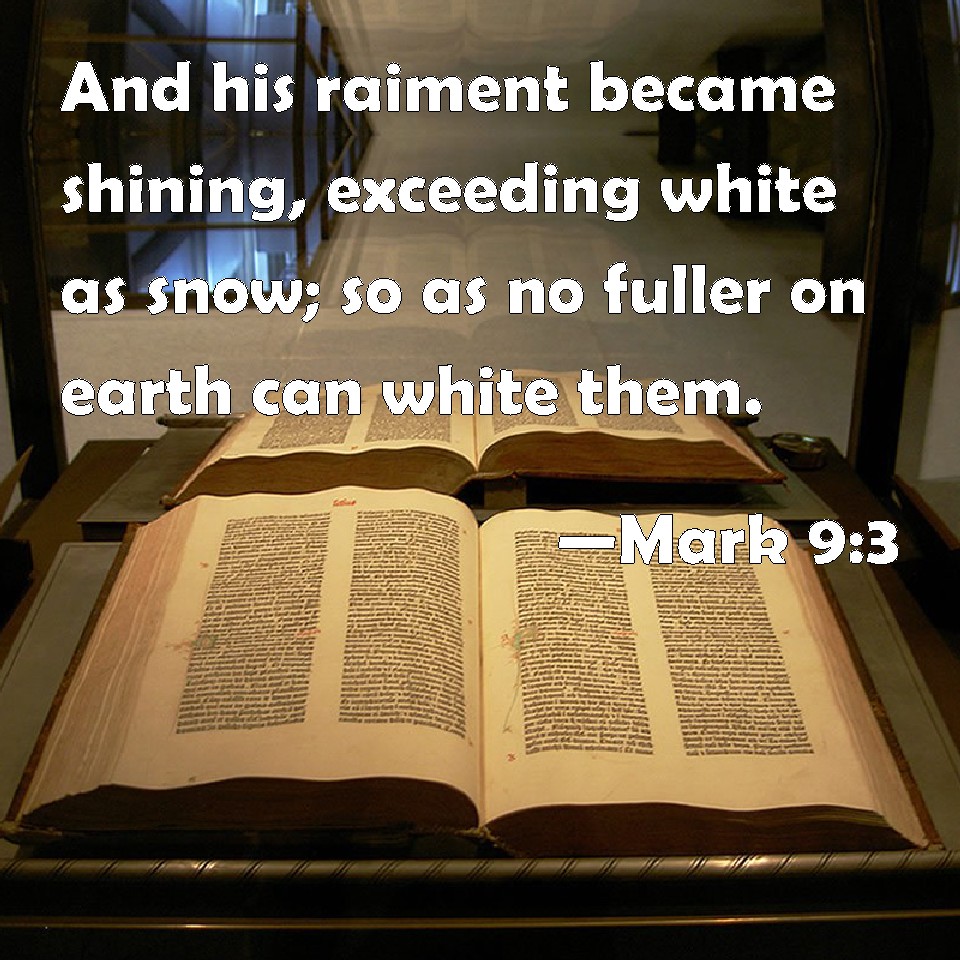 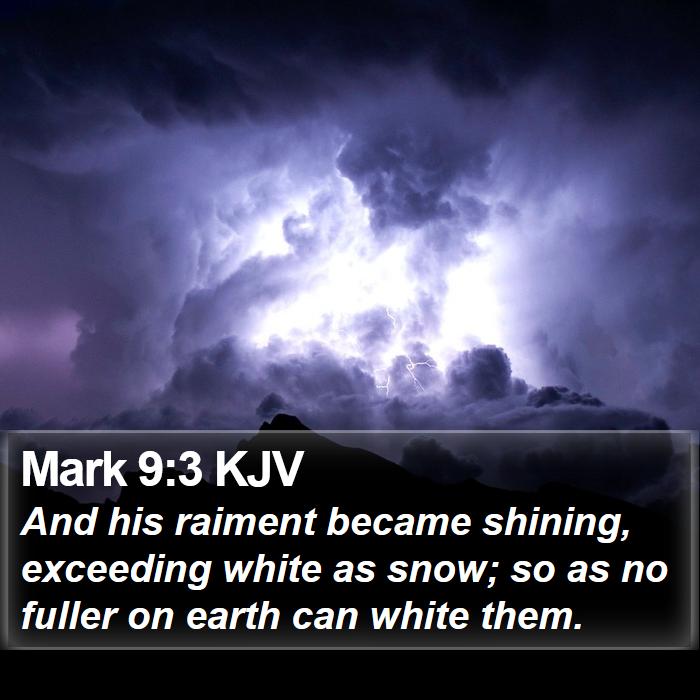
|
|
|
|
|
Marie Madeleine d'Houët Feast Day
on the occasion of Marie Madeleine’s Feast Day, April 5th, 2022
Dear Sisters and Companions in Mission,
Once again, it is Marie Madeleine’s Feast Day, with its opportunity to express gratitude for the life of this saintly woman. Further, the celebration of her response to God’s call gives us an opening – if we need it, to pray for the suffering people of Ukraine and Myanmar.
Marie Madeleine was no stranger to the atrocities of revolution and war and there is an episode in her life that is worth deeper reflection. We are familiar with the story, but I invite us to look at it with fresh eyes, savouring the detail as an Ignatian prayer.
In ‘God’s Faithful Instrument’, Patricia Grogan fcJ, writes that ‘In January 1809 the inhabitants of Bourges watched, aghast, the long convoys of Spanish prisoners arriving from the frontier and filling the hospitals of the town. For the last ten years Napoleon had been marching from one victory to another, upsetting dynasties, changing the map of Europe, and placing his relatives on vacant thrones. In this last campaign England, Austria and Prussia had experienced defeat. French armies had penetrated Italy, Dalmatia, Poland, Denmark, and Portugal.
At home in France the population had long since become weary of war. Few were the families that had been spared the death or wounding of a father, son or brother. With the occupation of the Papal States, the Pope arrested and carried off into captivity, the Church was facing yet another period of persecution. The war in Spain was reported to be more tragic than elsewhere. It was there the picked French troops met their first set-back, repulsed by a population heroic to the degree of fanaticism. While the youth of France were being drafted in thousands to the frontier, convoys of prisoners who had escaped death, limped to the camps and hospitals of central France. With horror and fear the citizens of Bourges saw them come. Exhausted, wounded, even mutilated, many were ill with typhus. Bound together behind army carts, they were dragged rather than led. The local population for the most part could only see in them the implacable enemy that had inflicted atrocities on the French troops.
At a loss as to whom to appoint to care for the unfortunate prisoners, the Imperial Army appealed to the Daughters of Charity of St. Vincent de Paul. The Revolution had sadly diminished their ranks. Most of the available sisters were already serving in camps and hospitals nearer the frontier. The few who remained in Bourges needed assistance.
Marie Madeleine Victoire’s decision was soon made. Under the pretext of absenting herself on business, she slipped away. In the guise of a peasant woman and assuming a false name, she offered herself as an assistant at one of the hospitals. Accepted as an unknown woman, undoubtedly a generous one but lacking professional expertise, the tasks assigned to her were the lowliest. Victoire responded simply, giving of her best, struggling against sheer physical fatigue and the thought of Eugene, who, to her feverish mind, seemed to be calling her away. On the ninth day she succumbed to fever and exhaustion and asked to be taken to Parassy. Once there, Victoire sent for her sister, Angèle.’ (Pages 30 and 31)
Victoire was at death’s door with cholera, and we know that before falling unconscious she confided her son to Angèle, indicated where there was money for the poor, and made a general confession. A Sister of Charity - who had worked with Victoire in the hospital, died of the cholera. For Victoire’s family, there were long weeks of suspense, with nights of deep anxiety and on the fifteenth day hope gave way to relief when the patient regained consciousness and began to recover.
Reflecting on this episode, one might ask was it a responsible decision for the mother of a four-year-old child to even offer to serve in such a dangerous situation? … Was it an impetuous decision?
We can’t answer these questions and can only note that several people, including her sister, admired Victoire’s incredible courage and that her choice triggered nothing but good in her family. Family friends noted the change in the tenor of life in the de Bengy household. In fact, her gesture in favour of the stricken Spanish soldiers – who were prisoners of war, sharpened the family’s social conscience and marked a turning point in Victoire’s life.
So, dear FCJ Sisters and Companions in Mission, as we see the victims of war, whether refugees or soldiers, let us ask Marie Madeleine to pray with us for the grace to discern well, and for the courage to make choices that will widen the ‘Circle of Love’ - even when it involves risk. We beg her too, to pray with us for a conversion of heart for all world leaders.
May we celebrate the life of our Foundress, Marie Madeleine, with joy and deep gratitude.
With all blessings and in companionship,
Vice-Postulator for the Cause of Marie Madeleine
https://www.fcjcentre.ca/post/marie-madeleine-d-hou%C3%ABt-feast-day |
|
|
|
|
Estación de Madeleine
| Madeleine |

La estación de la línea 12
|
|
Estación de Madeleine (París)
|
| Ubicación |
| Coordenadas |
 48°52′11″N 2°19′28″E 48°52′11″N 2°19′28″E |
| Comuna |
VIII Distrito |
| Localidad |
París |
| Datos de la estación |
| Código |
10-03 o MAD |
| Inauguración |
5 de noviembre de 1910 |
| Pasajeros |
Sin datos disponibles |
| N.º de vías |
6 |
| Propietario |
RATP |
| Operador |
RATP |
| Líneas |
|
|
|
|
Madeleine es una estación de las líneas 8, 12 y 14 del metro de París situada en el 8.º distrito, cerca de la Iglesia de la Madeleine.
El nombre de la estación proviene de un pueblo que se estableció en el siglo vi al oeste de la capital en torno a una capilla de la diócesis de París que fue dedicada en el siglo xiii a Santa María Magdalena. Siglos después se incorporó a París al crecer la ciudad y se edificó el actual templo de estilo neoclásico.
Fue inaugurada el 5 de noviembre de 1910 con la apertura de la línea A, hoy línea 12, de la Compañía Nord-Sud. El 13 de julio de 1913, llegaría la línea 8, con la puesta en marcha de su tramo inicial entre en Beaugrenelle y Opéra. Mucho más recientemente, el 15 de octubre de 1998, se abrió la estación de la línea 14, una estación que marcó el final de línea hasta el año 2003, siendo posteriormente prolongada hasta Saint-Lazare.
Estación de la línea 8
[editar]
Se compone de dos andenes laterales 75 metros de longitud y de dos vías.
Está diseñada en bóveda elíptica revestida completamente de los clásicos azulejos blancos biselados del metro parisino.
La iluminación es de estilo Motte y se realiza con lámparas resguardadas en estructuras rectangulares de color naranja que sobrevuelan la totalidad de los andenes no muy lejos de las vías.
La señalización por su parte usa la moderna tipografía Parisine donde el nombre de la estación aparece en letras blancas sobre un panel metálico de color azul. Por último los asientos, que también son de estilo Motte, combinan una larga y estrecha hilera de cemento revestida de azulejos naranja que sirve de banco improvisado con algunos asientos individualizados de color amarillo que se sitúan sobre dicha estructura.
Estación de la línea 12
[editar]
Se compone de dos andenes laterales curvados de 75 metros de longitud y de dos vías.
En su diseño es idéntica a la estación de la línea 8 variando el color, ya que en este caso se ha optado por el rojo.
Estación de la línea 14
[editar]
A diferencias de las anteriores, la estación de la línea 14 si ofrece mayores elementos decorativos.
En sus accesos, dentro de una urna de cristal, se conserva una réplica de una obra del escultor rumano Constantin Brancusi llamada La prière (el rezo), que muestra a una figura humana desnuda rezando de rodillas. La obra fue donada a la RATP por la fundación franco-rumana para celebrar el 125 aniversario del nacimiento del autor. También en los accesos a la estación se encuentra una vidriera semicircular, a pie de suelo, que representa la gallina Ryaba junto a un texto escrito en ruso que fue donada por el metro de Moscú. Por último, dentro de la estación, en la bóveda de piedra se encuentra una instalación artística, realizada por Jacques Tissinier, titulada Tissignalisation n°14. Consiste en la colocación de mil discos de acero de 16 centímetros de diámetro que simulan hojas de papiro estilizadas coloreadas en blanco, azul, rojo y naranja.
En cuando a la estación en si, se compone de dos andenes laterales de 120 metros y de dos vías, siguiendo con el diseño moderno de todas las estaciones de la línea 14. Sin embargo, eso no ha evitado problemas de mal olor causado por la emanación de ácido sulfhídrico por culpa de una aislamiento defectuoso de las instalaciones.1
- Pierre Miquel (1993). Petite histoire des stations de métro. éditions Albin Michel. ISBN 2-226-06671-3.
|
|
|
 Primer Primer
 Anterior
42 a 56 de 56
Següent Anterior
42 a 56 de 56
Següent
 Darrer
Darrer

|
|
| |
|
|
©2025 - Gabitos - Tots els drets reservats | |
|
|











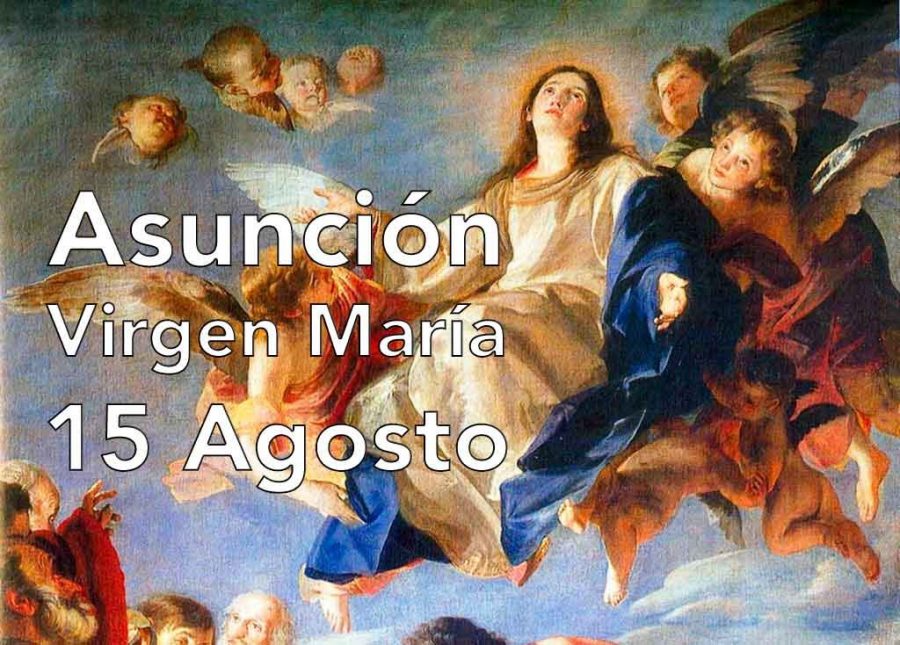




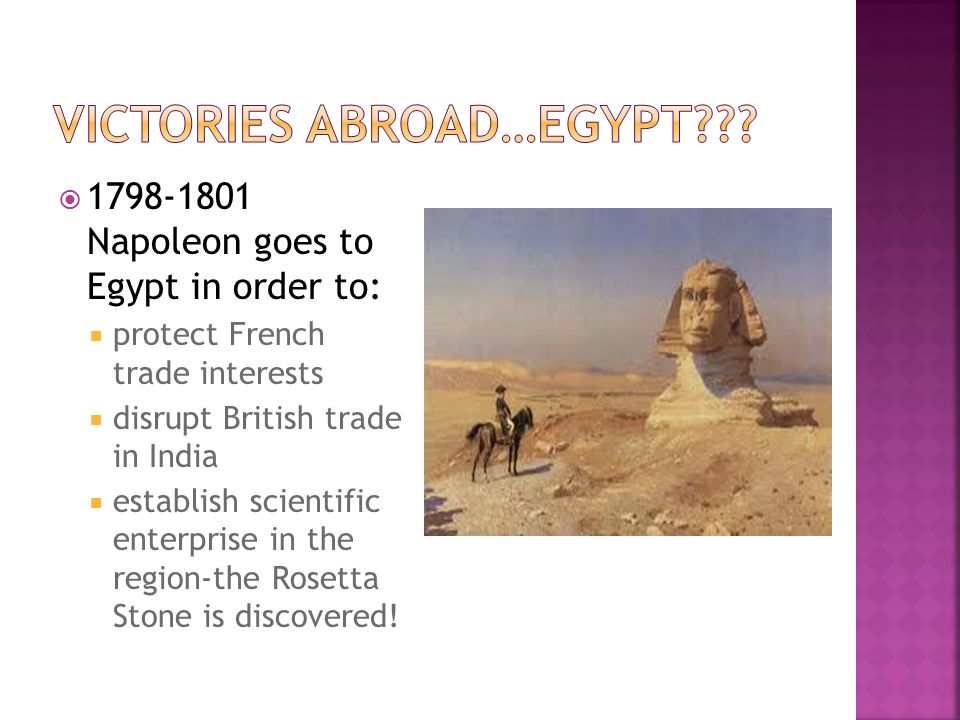


















 Interestingly, the "Zionist" movement to resettle the land of Israel consisted mainly of secular Jews. For they wanted the land of Israel as a sort of nationalist motive. But their motives lacked the Shechinah aspect. Thus, divine providence arranged it that the Israeli flag of the "Zionists" was that of the frame of the star of David only. But the real purpose of Israel is to also bring the Shechinah into the world. (and likewise, for marriage between husband and wife - to build a torah home where the Shechinah can dwell. All this and more is symbolized in the Star of David!)
Interestingly, the "Zionist" movement to resettle the land of Israel consisted mainly of secular Jews. For they wanted the land of Israel as a sort of nationalist motive. But their motives lacked the Shechinah aspect. Thus, divine providence arranged it that the Israeli flag of the "Zionists" was that of the frame of the star of David only. But the real purpose of Israel is to also bring the Shechinah into the world. (and likewise, for marriage between husband and wife - to build a torah home where the Shechinah can dwell. All this and more is symbolized in the Star of David!)
![Revelation 1:14 (lsv) - and His head and hairs [were] white, as if ...](https://img2.bibliaya.com/Bibleya/verse/revelation-1-14-lsv.jpg)







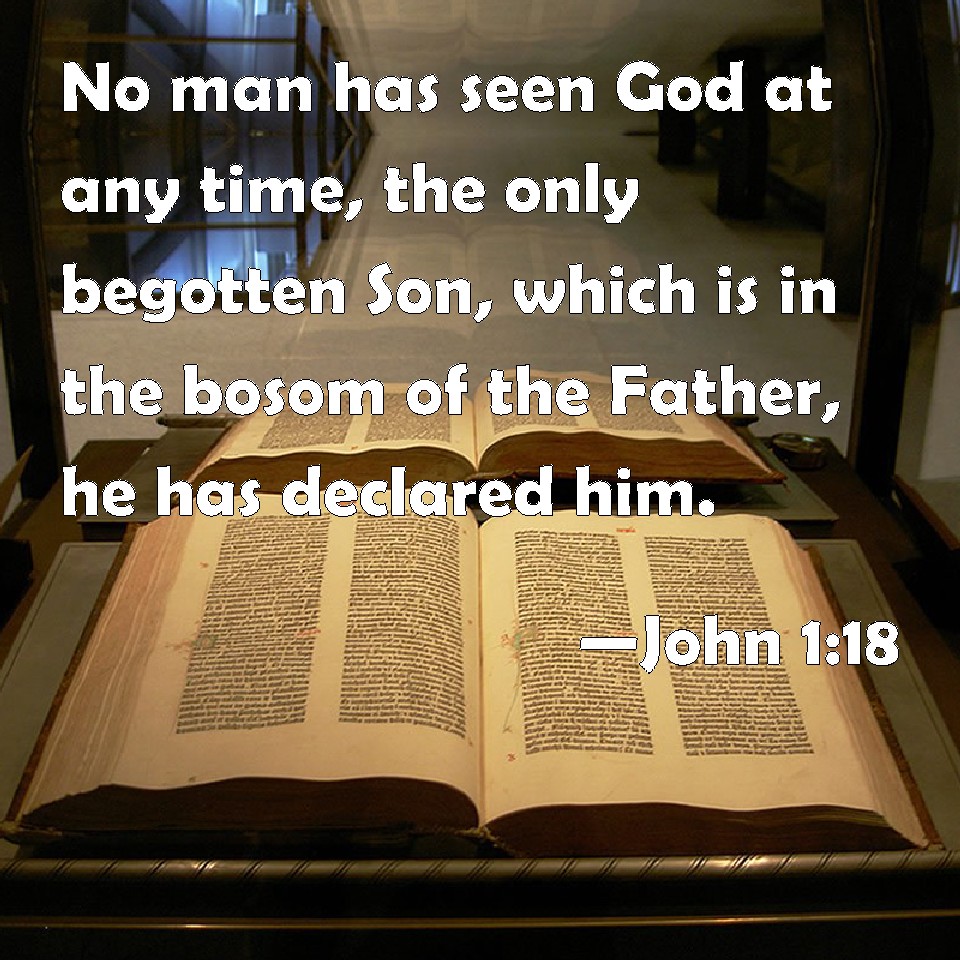






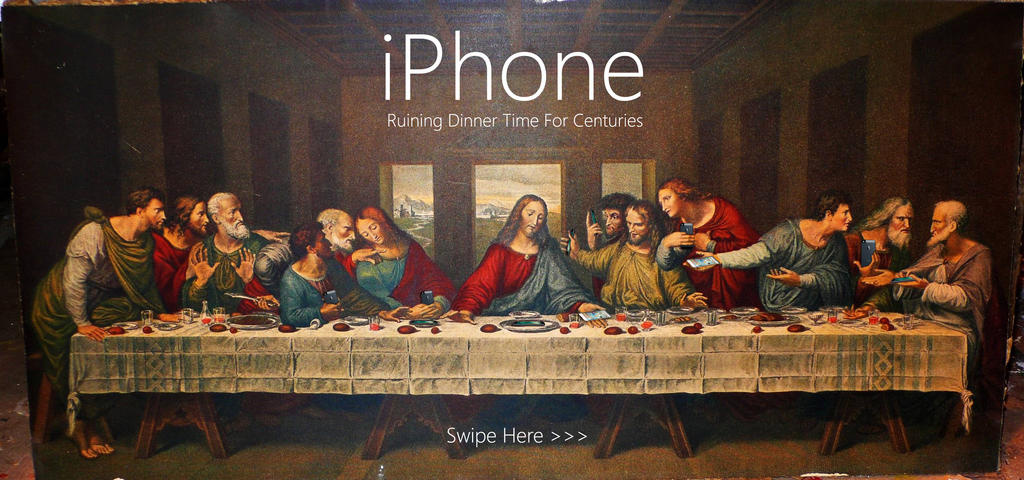




![Regreso Al Fururo III (Back To The Future III) [1990] –, 40% OFF](https://m.media-amazon.com/images/M/MV5BYzgzMDc2YjQtOWM1OS00ZjhhLWJiNjQtMzE3ZTY4MTZiY2ViXkEyXkFqcGdeQXVyNDQ0MTYzMDA@._V1_.jpg)















